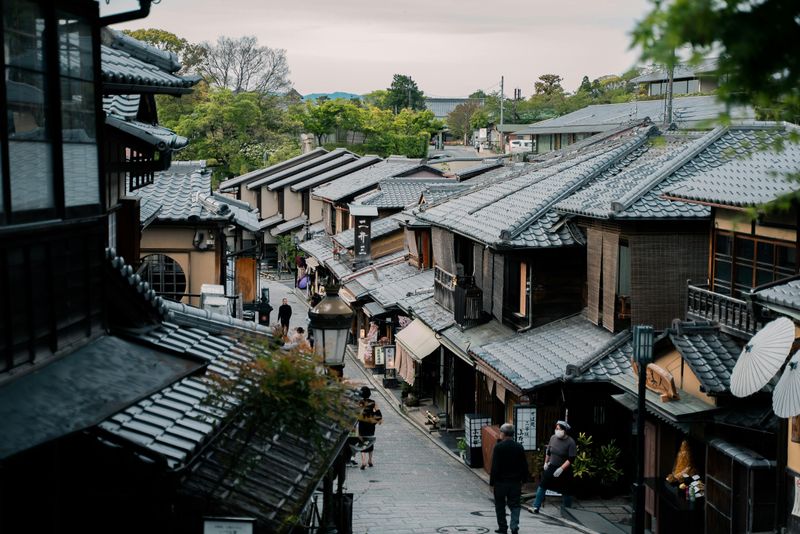May 14, 2024
Walkable Japanese cities for well-being
Wellbeing and urban life
If you follow me here on City Cost, you know I listen to radio and podcasts. In other blogs on the health theme, I told you about the value of listening to podcasts to keep your perspective on your experience of Japanese life. Pau commented on my post about reaching 10,000 steps daily - listening on the next walk.

Urban and rural Japan is walkable photo Satoshi Hirayama
A recent rebroadcast of a CBC Radio podcast got me thinking about the quality of life in urban Japan. And most of us live in the conurbation of Kanto to Kyushu. Robin Mazumder, an environmental neuroscientist, examines how urban environments affect our mental and physical health. You could listen to his inspirational talk on your next walk.
Japan’s walkability
When preparing to move to Japan decades ago, I told my Japanese language teacher I intended to walk through Tokyo. She scoffed, saying the city is enormous. When I arrived, I looked out over the city from the Tokyo Metropolitan Government Building Observatories and my heart stopped when I realized the size and density of the city. That density, as Genkidesu responds to the recent ranking of Tokyo, makes it a top walkable city.
It’s not just Tokyo. Many urban areas in Japan are dense with culture, services, shopping, and just about anything you need to do or see. A foreign visitor and I had a lovely time at Kashiwa no Ha a “smart city” that promotes the interaction of residents. The abundant street furniture and plazas provide space for people to encounter each other. We chatted with some other foreign residents who passed our way. But it’s not just cutting-edge environments like smart cities. Many suburban cities are easily walkable with everything you need within 15 to 20 minutes from your home base. And you might strike up a conversation, too. This contributes to your sense of belonging.
How walkable?
Walk Score is a resource that reveals and promotes walkable communities worldwide. Sure, it’s mostly focused on North American cities, but its algorithms also provide insight into global urban environments. My neighborhood scores low, but the walk score is higher if I go to the next train station. The upside of my neighborhood is the greenery. Around me are parks, nature preserves, and waterways which put distance between services and shopping. I depend on a bicycle to access places within a 20-minute ride of my home. However, according to this study, Walk Score is reliable for determining how accessible services, parks, cultural facilities, and dining are on foot from where you are.
How walkable is your community? What makes it walkable?



0 Comments